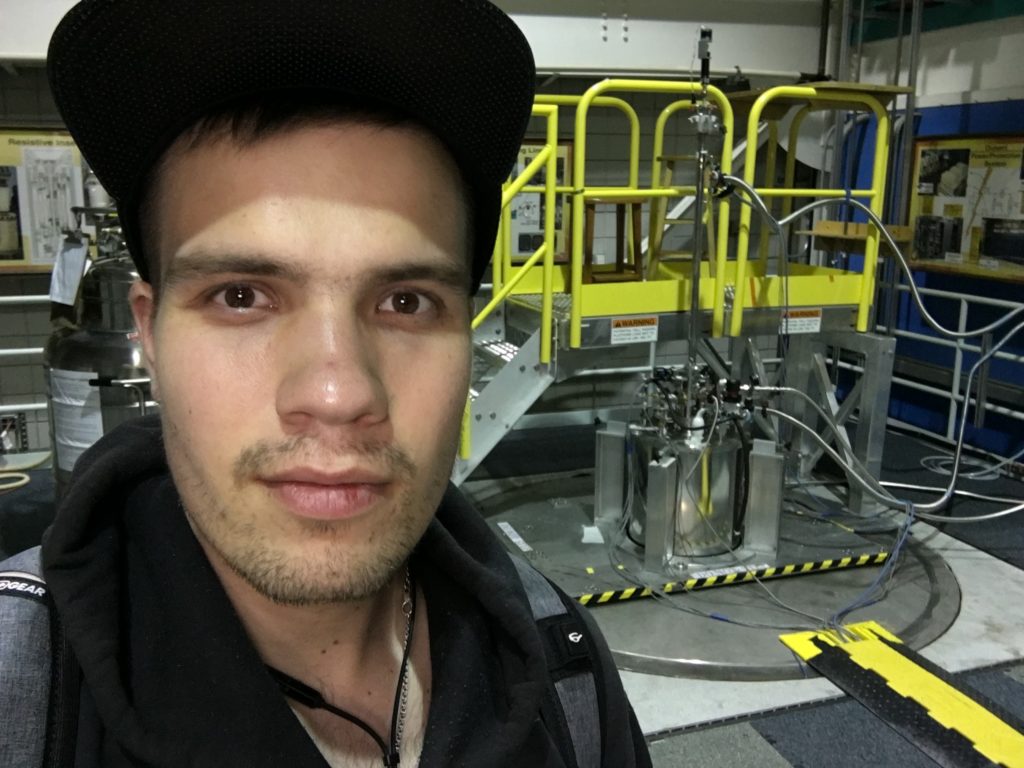I was born in 1989 and grew up in Kaluga, Russia, a small city near Moscow (well, “near” by Russian standards). Since a very young age I was interested in STEM and participated in numerous physics and math competitions while I was in the middle and high school.
After high school, I was admitted to Moscow Institute of Physics and Technology (State University), where my interest to physics had grown even more. At that time I started being interested in experimental science motivated by various simple physics laboratory classes that we had to take during our bachelor program. These diverse experimental classes made me realize different ways to check fundamental physical laws and connect it with theoretical equations that we would have usually written in preparation to these classes.
My bachelor and masters theses were focused on improving thermoelectric properties of nanosctructured materials. During the last year of my masters degree, I spent Fall semester at Arizona State University, where I worked with Prof. Robert J. Nemanich on photoelectron emission microscopy in doped diamond emitters. This experience convinced me to pursue PhD degree in experimental condensed matter physics.
I attended UC Riverside and the Ohio State University for my graduate school, graduating from OSU in 2018. Under the supervision of Prof. Jeanie Lau I was involved in multiple projects, where we explored a variety of 2D materials. My main focus during this time was on topological properties of multi-Dirac band electronic systems and spin-transport in graphene-based antiferromagnetic insulators. During my PhD I used electronic transport measurements (low temperature, high magnetic fields) to probe fascinating properties of these materials at nanoscale. While there, I discovered magnonic transport via graphene’s \nu=0 quantum Hall state, which was one of the first observations of this peculiar spin-ordered states in a graphene antiferromagnetic insulators.
March 2018 was marked by an exciting new discovery of superconductivity in magic angle twisted bilayer layer graphene, which brought a wave of intense theoretical and experimental research into the field. Being fascinated about this new material, I spend first part of my postdoctoral appointment at the Institute of Photonic Sciences (Barcelona, Spain) tackling quantum transport properties of strongly correlated electrons in these new systems. For the first time, we demonstrated how strong electronic interactions can be tuned by the proximal graphite gates in our samples and showed the effect of screening on the phase diagrams, bringing our understanding one step closer to a complete model.
During the second half of my postdoctoral appointment, I was involved in studying strongly correlated phenomena in moiré materials using cryogenic near-field optical imaging. Interaction between the light and the matter can teach us a lot more about the intrinsic properties of the materials that we try to understand. After all, experimental research is aimed to find an appropriate probe to widen the horizons of what we know.
In January 2023 I will be joining the Department of Physics and Astronomy at the University of Notre Dame, where I will continue on with cryogenic near-field optics in moiré materials. I am staying very excited about the prospects of these experiments and hope to see what new plasmon-polariton physics can teach about emergent phenomena in condensed matter.

